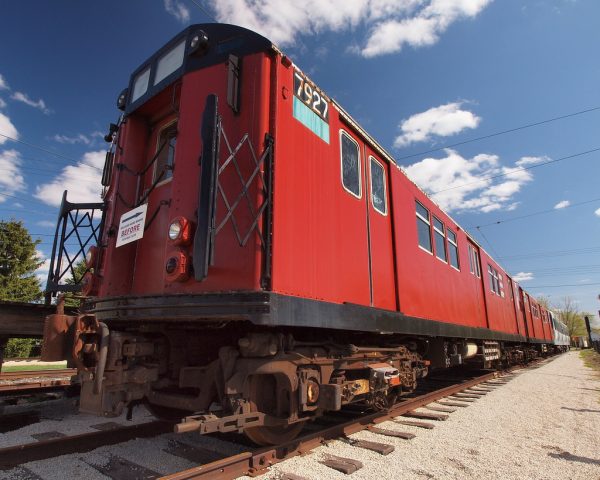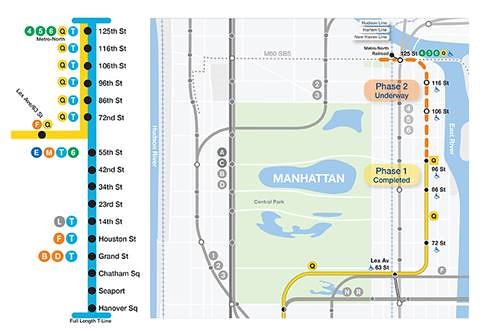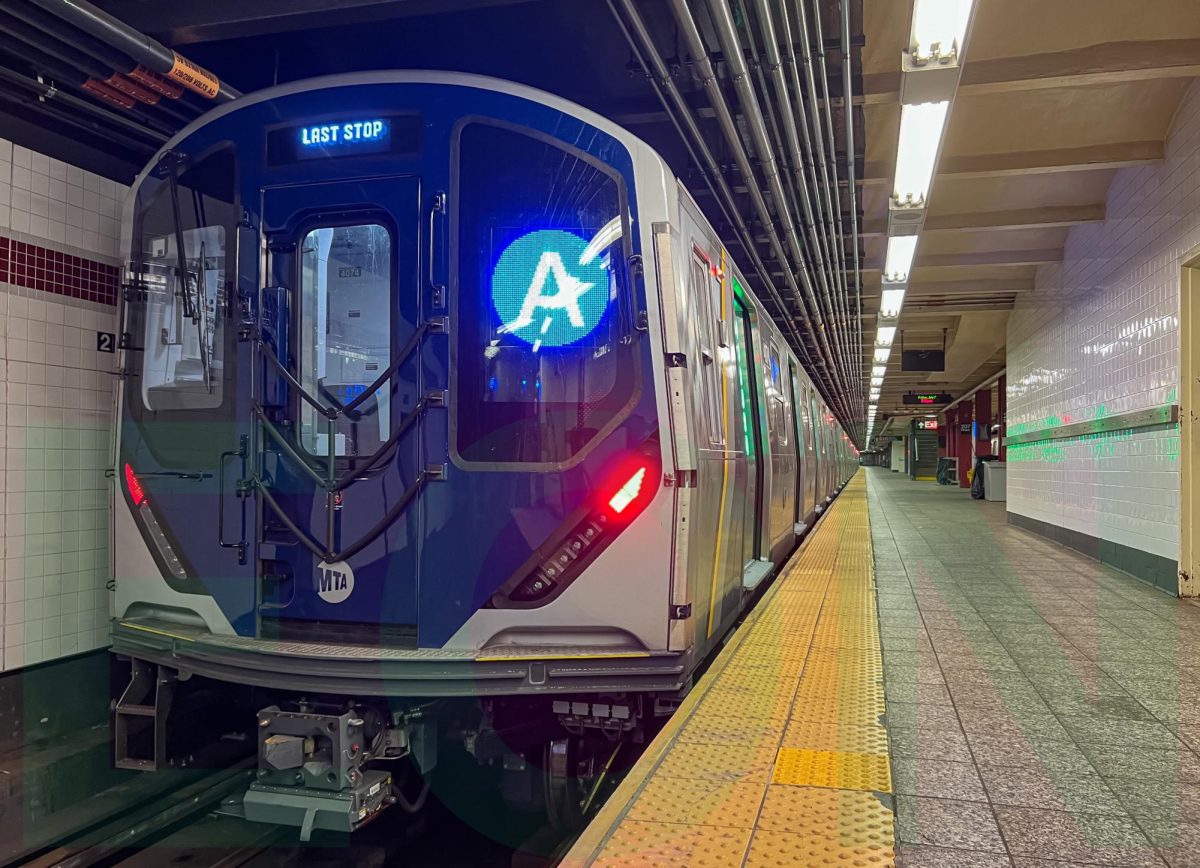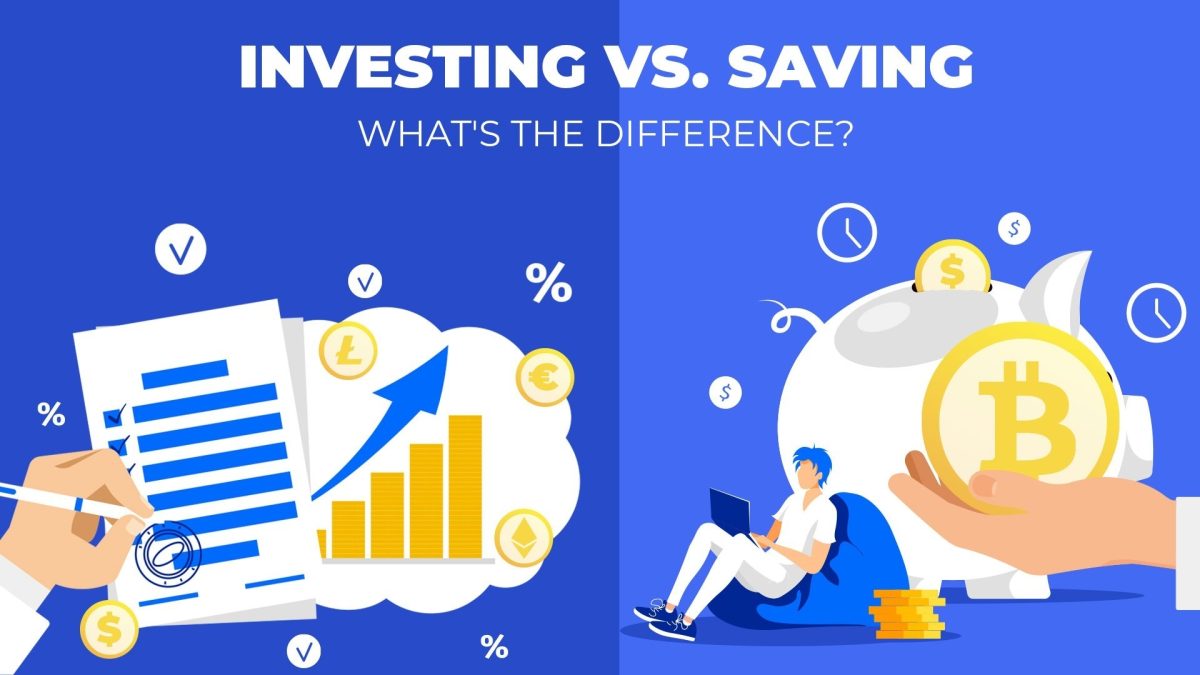NEW YORK CITY: In March of 2023, the first wave of R211 subway cars hit New York City’s A line, drawing attention to the possibility of increased improvements down the line. The emerging subway cars would revamp the subway system as we know it, fixing the archaic system that New Yorkers have grown so weary of.
The standard of New York City’s subway transportation is older than some might think. Both the R62 and R62A — which run primarily on the 1, 3 and 6 lines — entered service in the 1980s; the R46 — which runs on the A, C, N, W, Q and Shuttle lines — was put into service nearly fifty years ago in 1975. The R142 — which runs on the 2, 4 and 5 lines— is comparatively recent; it was put into service in 2000. The R211 holds the most current title, being put into service just this year.
R211 Section (A)
Over the past several decades, the A train has gone through several phases including three models of service: the R46, R179 and, mostly recently, the R211. The R211’s new features are far more advanced than previous models that have run on MTA lines. One notable change is that the doors on the train are bigger; this allows more people inside the train cars, cutting down the time spent at stations and improving its accessibility. Additionally, the trains have technology in their cars that detect breakdowns in important systems including the performance of train doors.
Similar to other trains, the R211 took some time to come to fruition. The plan for its implementation was approved in 2011, yet planning the design didn’t begin until a year later and was completed in 2013. The order for the creation of the cars wasn’t put into effect until 2016, and they did not arrive until the year 2021. The car doors were ultimately implemented ten years after the original plan was approved.
R262 Section
The final change of train models came in 2000; the R142 was implemented on numbered trains, including the 1, 2, 3, 4, 5 and 6. An NYC subway fan-made page notes that “the 1,080 new cars will replace “redbird” trains;” the article adds that 580 additional new,R-142 and R-142A cars would retire the entirety of non-stainless steel cars on the New York City subway.”

The only trains that underwent this change were the 2, 4 and 5 lines; this means that the 1, 3 and 6 lines are still running on R62 and R62A models — designs that have not been revamped since the 1980s.
But all hope is not lost; in 2019, the MTA announced its investment into the R262 train model, intending to replace R62A trains. This model has the ability to run for all numbered trains, which would be an excellent improvement for commuters all across the city.

How will future trains adapt??
Future trains are also being considered through the R262 model. One of the most notable innovations is the T train — a train that would run along the very populated Second Avenue, providing service to popular neighborhoods including the East Village and Yorkville. The T train would additionally o make easier connections to the 4, 5 and 6 trains, further highlighting their efficiency.
The T train has been heavily considered by the MTA. Its immersion into the subway system has been divided into four phases; the first phase starts with the help of the Q train; the Q train’s stop at 96th Street in Manhattan would be terminated. . Phase two would extend the Q further uptown to 125th Street in connection to the 4, 5, 6 and Metro-North Railroad trains. Phase three would create the T line down to Houston Street, and the final phase would extend the T to Hannover Square.

Source: https://new.mta.info/project/second-avenue-subway-phase-2
What comes next?
The MTA has also proposed connecting the Grand Central exclusive Metro-North New Haven line to Penn Station. This would not only make the Metro-North lines more convenient, but would reach more stations, including 4 in the Bronx. Travel from Connecticut to New Jersey would become much more efficient;. luckily, this change looks very possible, as Amtrak — the National Railroad Passenger Corporation — has already put these tracks in place.
It’s important to consider that these exciting changes still pose challenges. It’s common for MTA projects to experience delays, particularly financially. But short-term issues hold long-term benefits; the implementation of these ideas can benefit everyone, from commuters with disabilities to local commuters. It appears that the MTA is working towards fostering inclusivity, after all.













